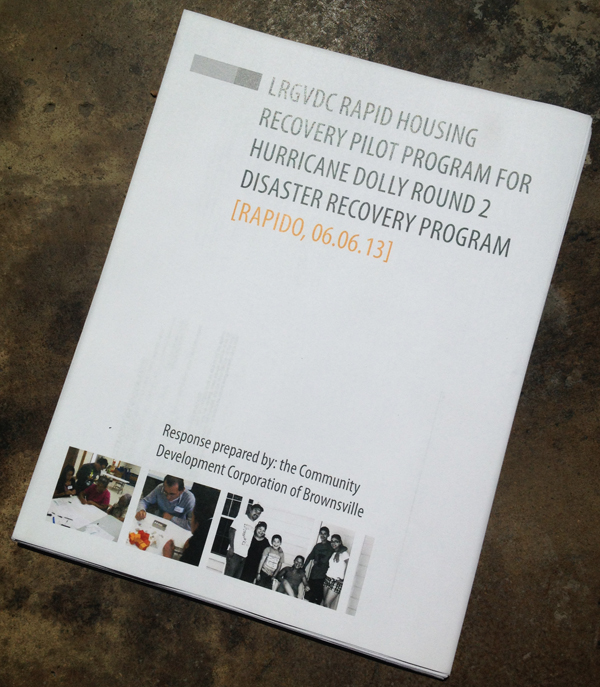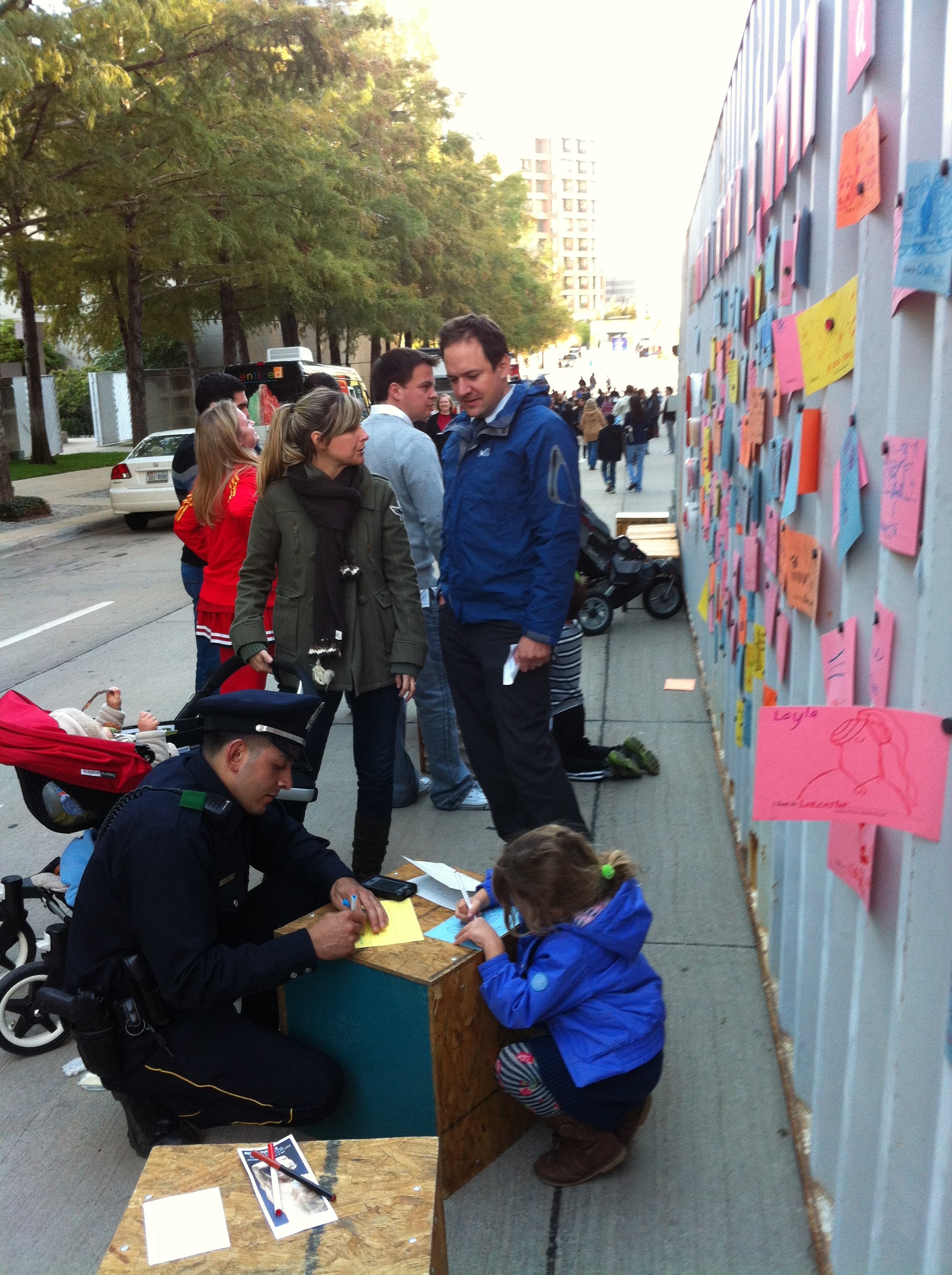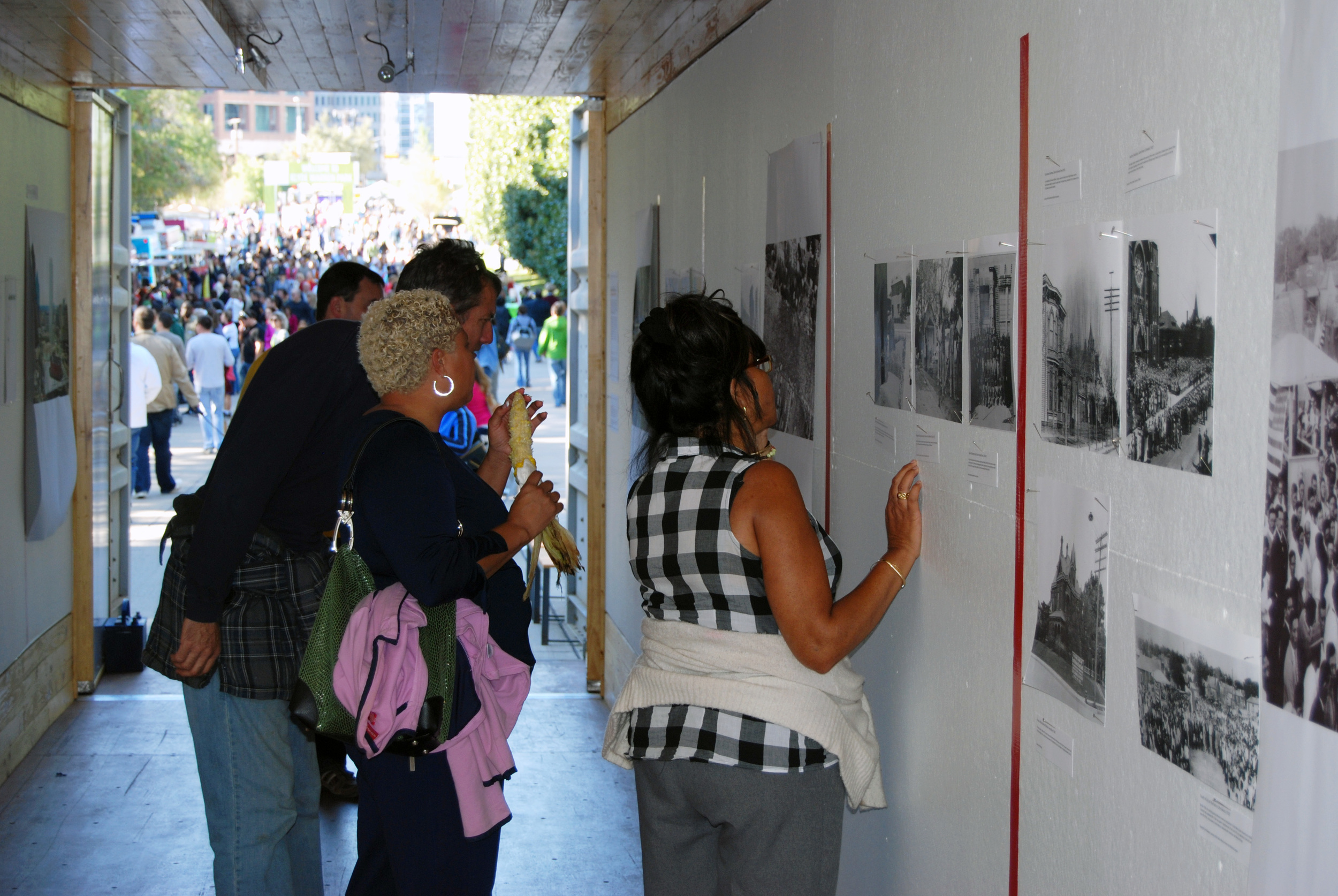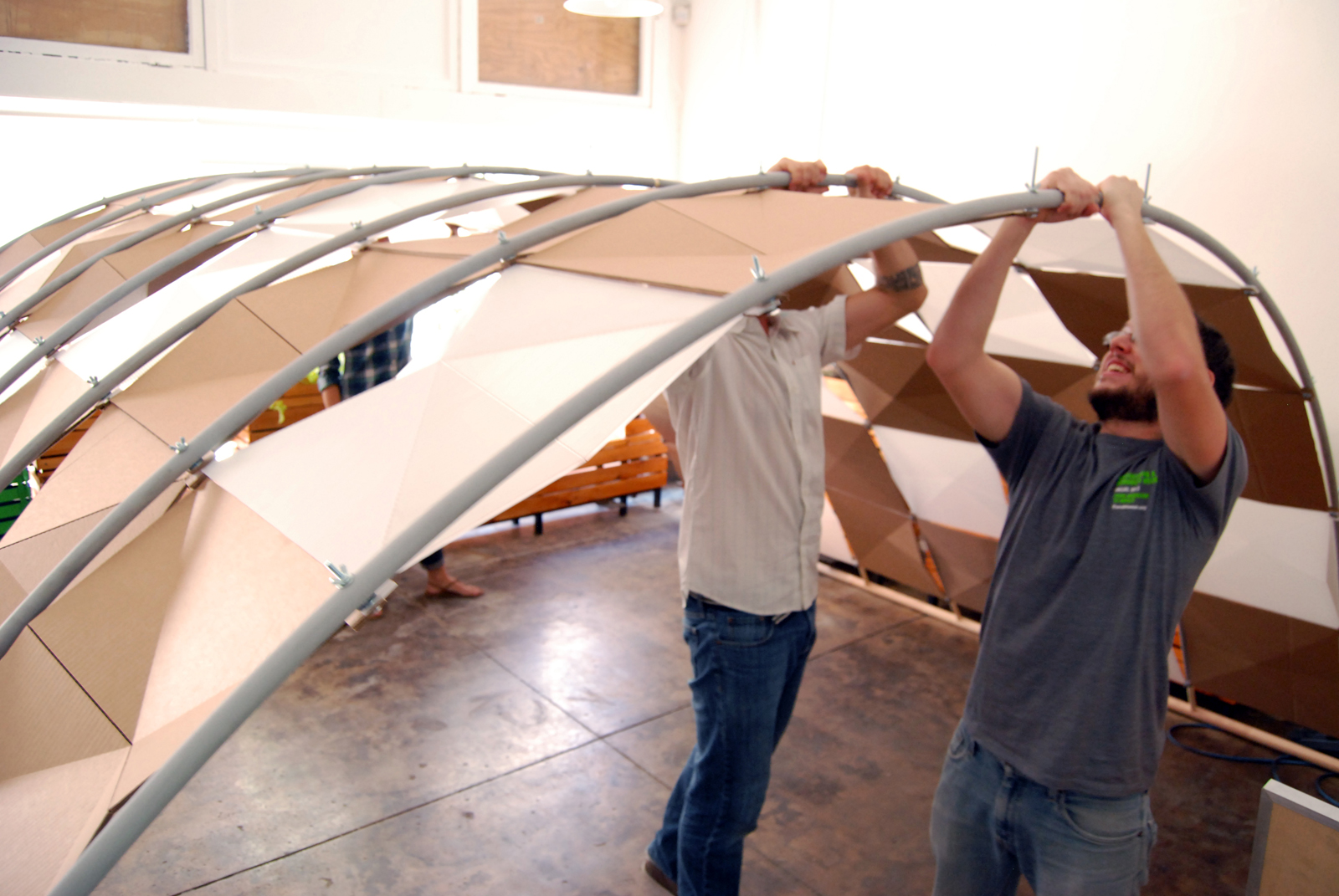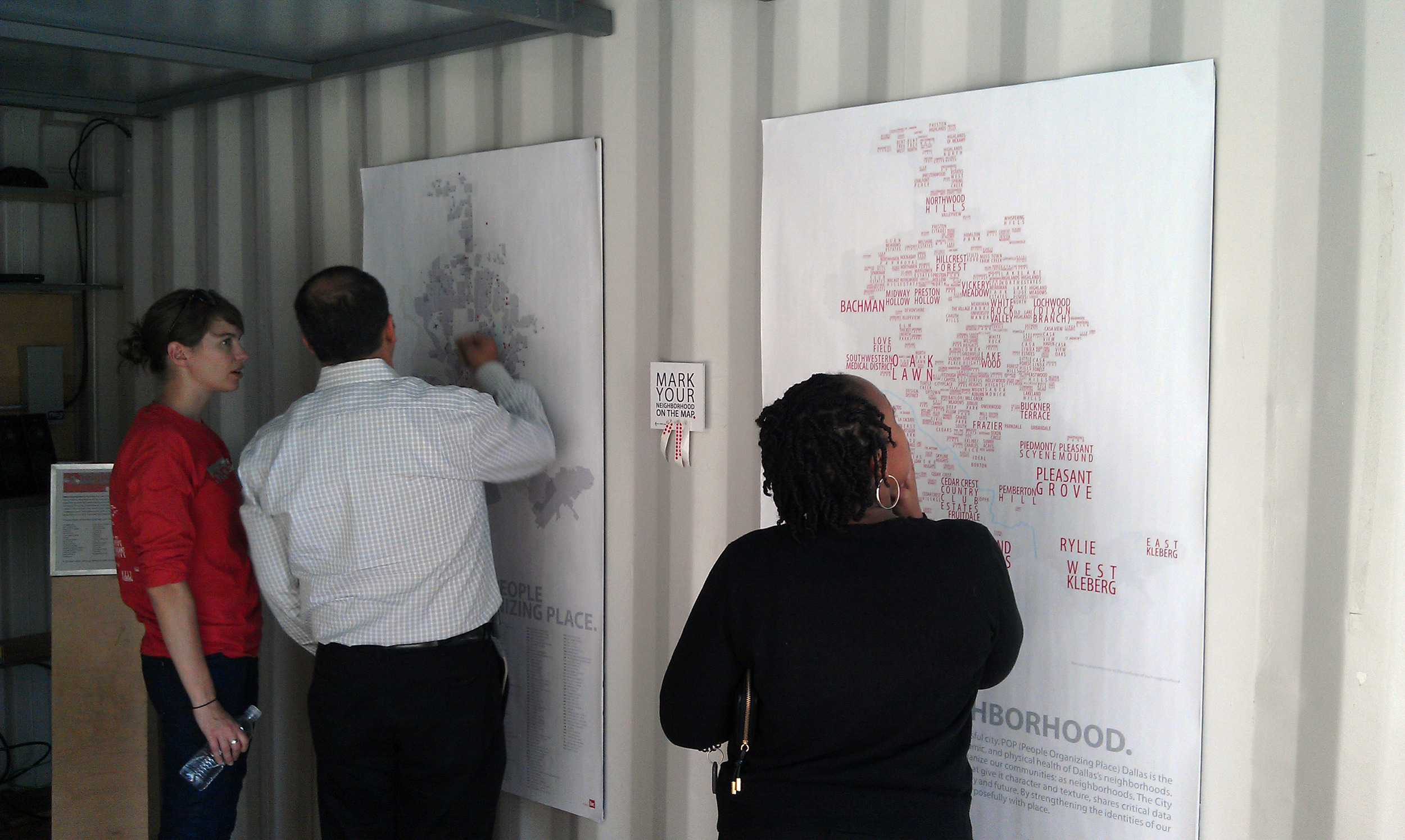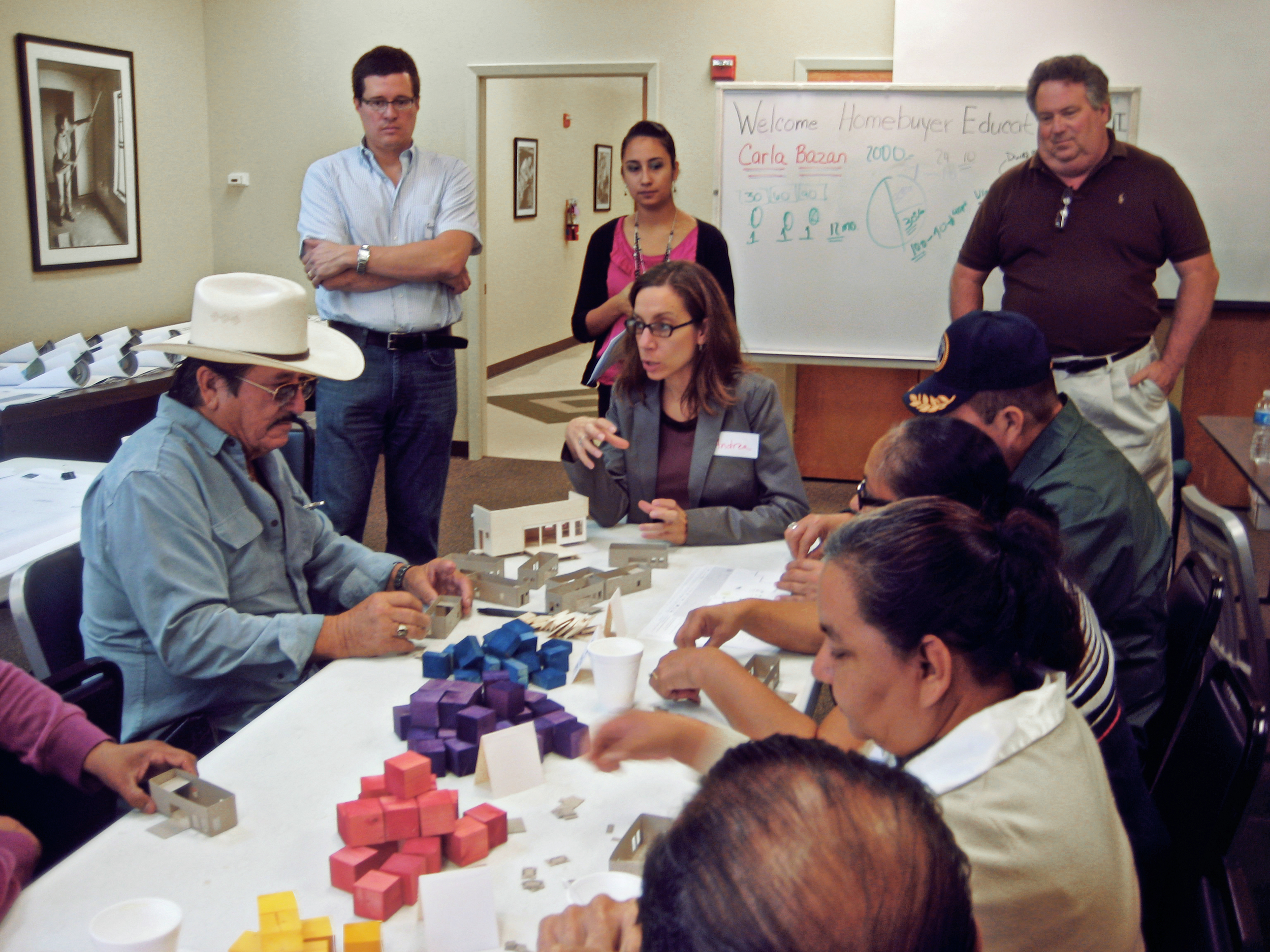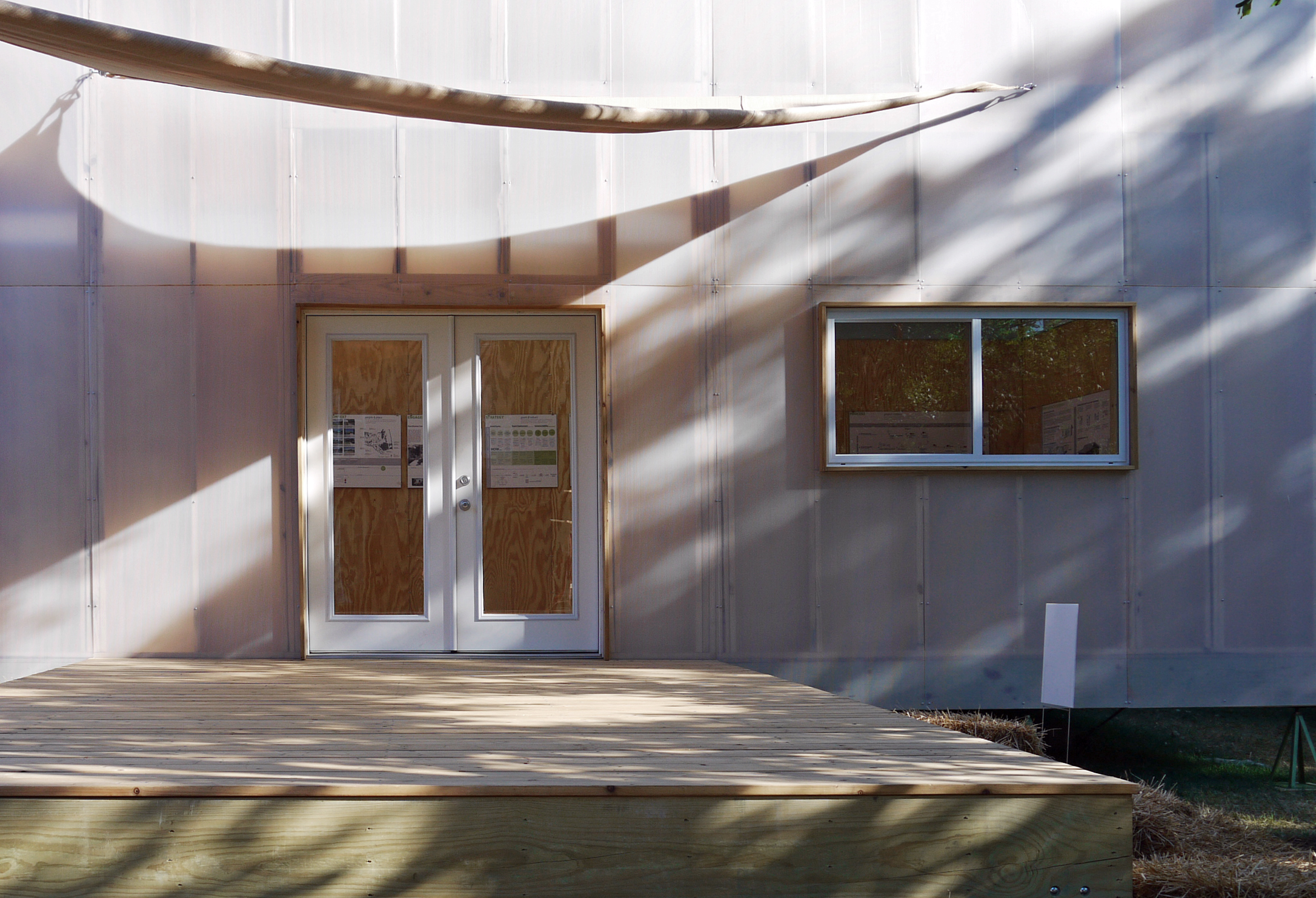Read more about UTRGV.
On June 14, 2013 the 83rd Texas Legislature approved the creation of a new University of Texas and medical school in the Rio Grande Valley. The new university, UT Rio Grande Valley, will be a single institution that spans the entire region with facilities in each of the major metropolitan areas of Brownsville, Edinburg, Harlingen, and McAllen. The new university will combine the resources of the University of Texas Pan American (UTPA), the University of Brownsville (UTB), and the University of Texas Health Science Center San Antonio Regional Academic Health Center School of Public Health (RAHC). In November, 2013 UT-RGV received $196 million from the Permanent University Fund to establish the new institution.
The creation of UT-RGV is a historic moment for the Rio Grande Valley, offering an unprecedented opportunity for regional impact and unification. UT-RGV is expected to serve as a model of educational excellence, transforming the social, physical, and economic prosperity of the Valley. For communities, particularly those of low-income, plans for the new university hold the promise of a powerful ally in positive change. For the new university, active engagement in local context assures its relevance as a competitive leader in first class higher education.
In an effort to leverage the reciprocal relationship of university and community, bcWORKSHOP partnered with the University of Texas System, the Community Development Corporation of Brownsville (CDCB), Public Architecture, U3 Ventures, Educate Texas, and LRGV organizing groups LUPE, ARISE, and START to ensure that the principles and practices of engagement are embedded in the fabric of the new institution and that the low-income community is an active participant in the planning process.
On November 8, 2013, the team co-hosted a day-long Forum on Community Engagement in Weslaco, Texas. Together with over 100 participants, community leaders, students, local experts, national advisors, and UT system staff contributed to more than 500 hours of collective brainpower - discussing and envisioning ways in which to transform the Rio Grande Valley. In preparation for the Forum, local organizing groups conducted surveys, workshops, and focus groups where community members identified priority action items in relation to health, education, economic development, and regional planning. The Forum built upon these priorities and best practice knowledge to develop a community agenda that promotes innovative strategies for university and regional growth. The Forum was a successful first step in establishing community-university partnership and identifying potential principles and practices of the new engaged university.
Ideas generated at the Forum will be packaged by bcWORKSHOP and shared back to the community, UT System, and UT-RGV planners. Community and university planning and partnership will continue through 2014.
![[bc]](http://images.squarespace-cdn.com/content/v1/5248ebd5e4b0240948a6ceff/1412268209242-TTW0GOFNZPDW9PV7QFXD/bcW_square+big.jpg?format=1000w)














